Market Growth Projections
The Global Antihelminthics Market Industry is poised for substantial growth, with projections indicating a market value of 1.74 USD Billion in 2024 and an anticipated increase to 4.47 USD Billion by 2035. This growth trajectory suggests a compound annual growth rate of 8.95% from 2025 to 2035. The factors driving this expansion include rising prevalence of helminth infections, government initiatives, advancements in drug development, and increased awareness. These elements collectively contribute to a robust market outlook, reflecting the critical need for effective antihelminthic treatments in both human and veterinary medicine.
Rising Veterinary Applications
The expanding use of antihelminthic drugs in veterinary medicine is emerging as a notable driver for the Global Antihelminthics Market Industry. As pet ownership increases globally, the demand for effective deworming treatments for pets and livestock is rising. This trend is particularly evident in developed countries, where pet owners are becoming more proactive about their animals' health. The veterinary segment is projected to contribute significantly to the overall market growth, as it encompasses a wide range of antihelminthic products tailored for various animal species. This diversification in applications is likely to enhance the market's resilience and adaptability.
Advancements in Drug Development
Innovations in drug development play a crucial role in shaping the Global Antihelminthics Market Industry. The emergence of novel antihelminthic agents, which are more effective and exhibit fewer side effects, is likely to attract attention from healthcare providers and patients alike. Research institutions and pharmaceutical companies are increasingly focusing on developing combination therapies that target multiple helminth species simultaneously. This trend not only enhances treatment efficacy but also addresses the issue of drug resistance. As a result, the market is expected to grow at a compound annual growth rate of 8.95% from 2025 to 2035, indicating a robust future for antihelminthic innovations.
Increased Awareness and Education
Heightened awareness and education regarding helminth infections significantly contribute to the growth of the Global Antihelminthics Market Industry. Public health campaigns aimed at educating communities about the transmission and prevention of these infections are gaining traction. Such initiatives encourage individuals to seek treatment and preventive measures, thereby increasing the demand for antihelminthic medications. Additionally, healthcare professionals are being trained to recognize and address helminth infections effectively. This growing awareness is expected to drive the market value to 1.74 USD Billion in 2024, as more individuals seek treatment options and preventive strategies.
Government Initiatives and Funding
Government initiatives aimed at controlling and eliminating helminth infections significantly influence the Global Antihelminthics Market Industry. Various countries are implementing national programs to provide free or subsidized antihelminthic treatments, particularly in endemic regions. For instance, the World Health Organization's preventive chemotherapy strategy encourages mass drug administration, which has been shown to reduce infection rates. Such initiatives not only enhance accessibility to treatments but also stimulate market growth. The anticipated increase in market value to 4.47 USD Billion by 2035 reflects the positive impact of these government efforts on the antihelminthic sector.
Rising Prevalence of Helminth Infections
The increasing incidence of helminth infections globally is a primary driver for the Global Antihelminthics Market Industry. According to the World Health Organization, approximately 1.5 billion people are infected with soil-transmitted helminths, particularly in tropical and subtropical regions. This widespread prevalence necessitates effective antihelminthic treatments, thereby propelling market growth. As awareness of these infections rises, governments and health organizations are likely to invest more in antihelminthic therapies, contributing to the projected market value of 1.74 USD Billion in 2024. The urgency to address these health challenges indicates a sustained demand for antihelminthic medications.
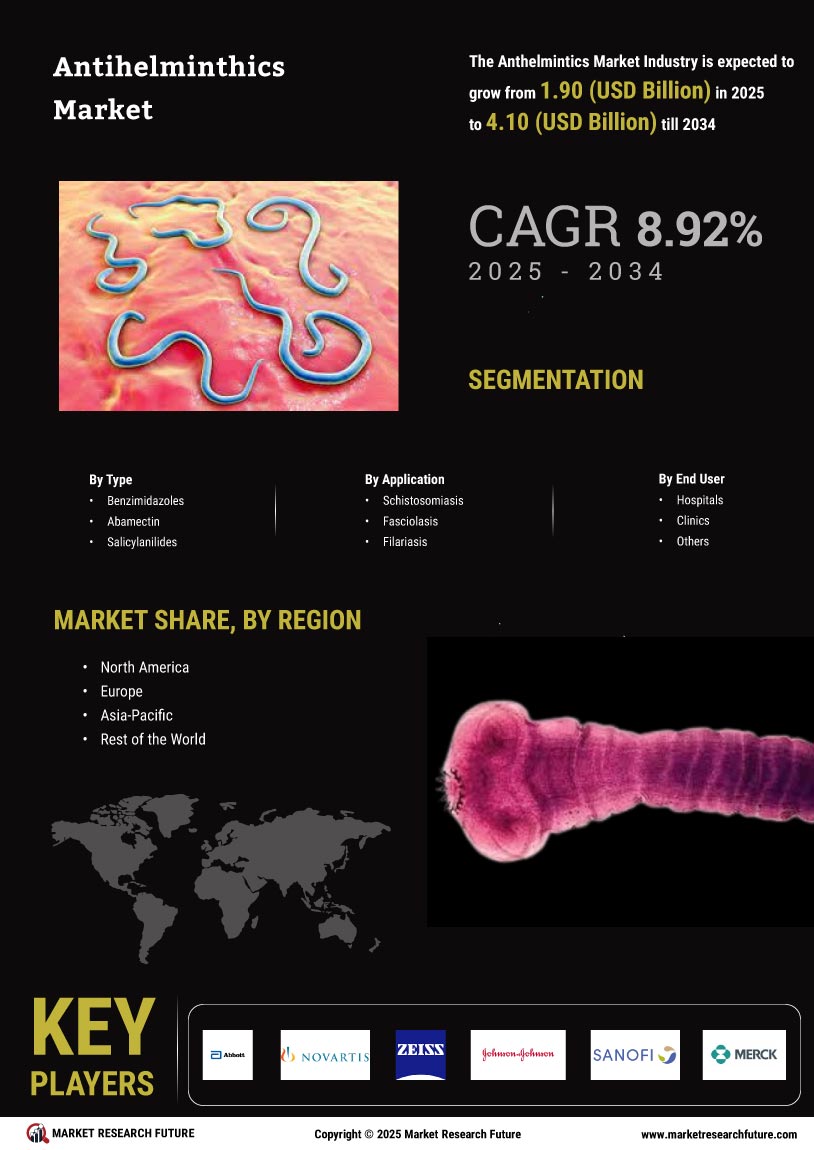

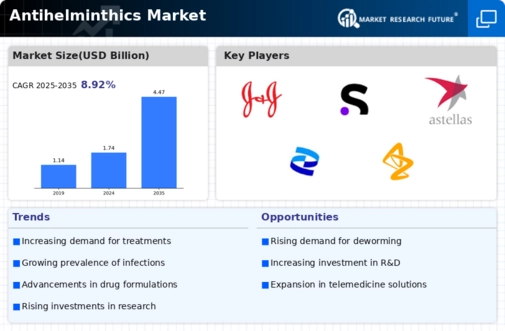
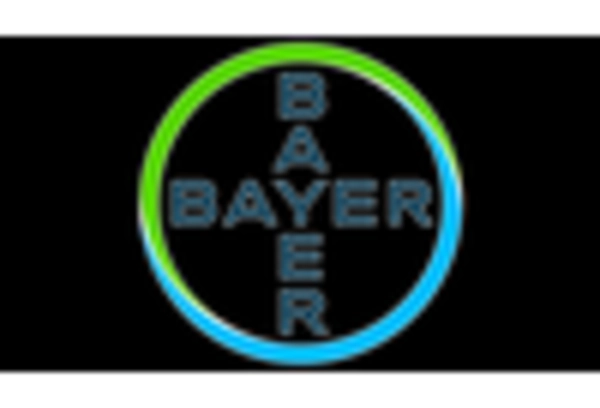

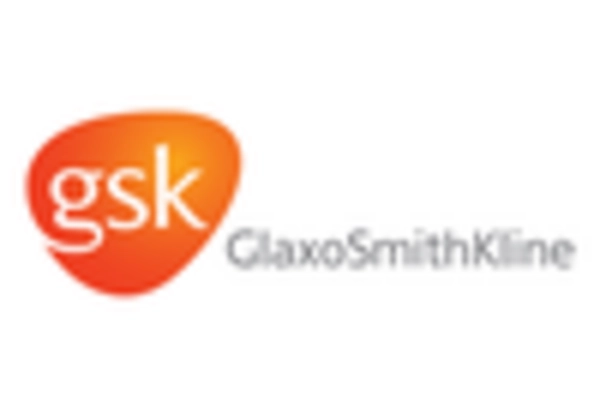
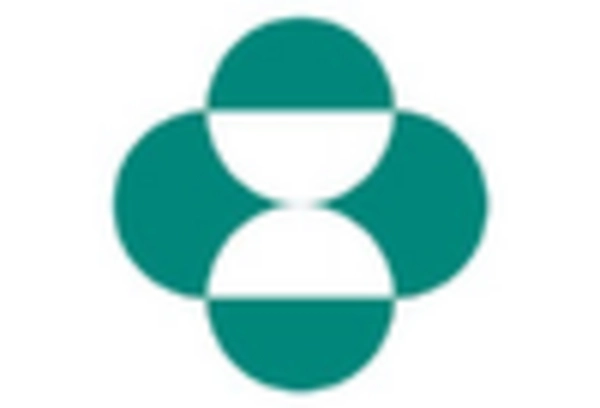
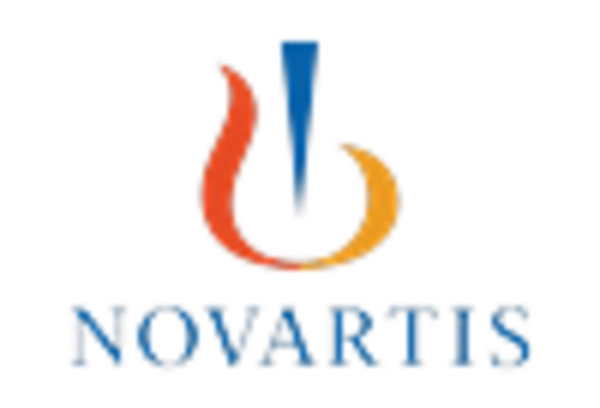
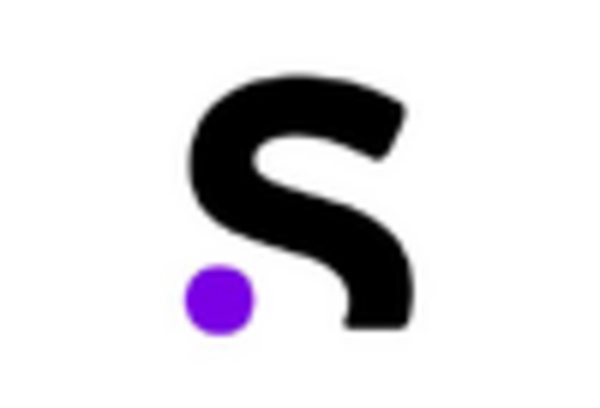








Leave a Comment